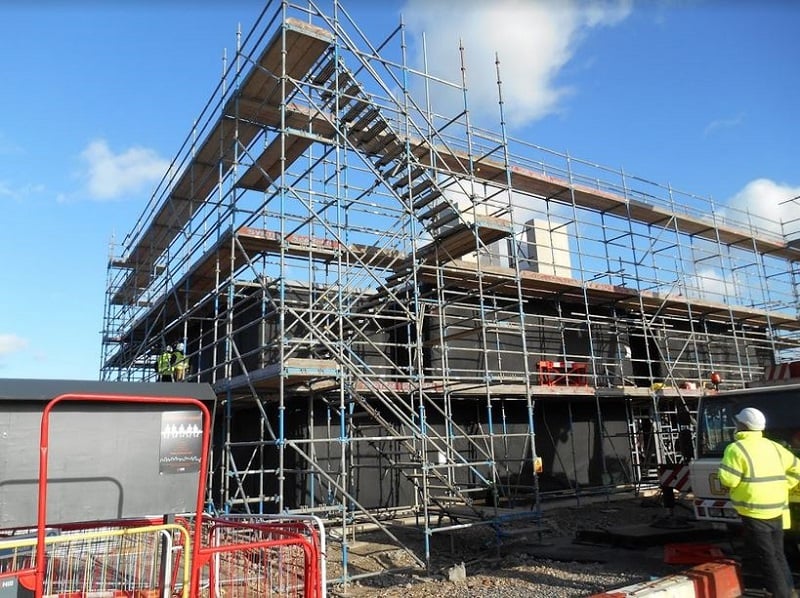

It decouples the data model from the API. Scaffold Resource LLC offers an extensive range of services from scaffolding, shoring, wall bracing, and hoisting to meet the unique needs of any type of construction, restoration, or renovation project while adhering to the highest standard of safety.


By creating an account you are able to follow friends and experts you trust and see the places. In addition, some things are much more difficult in plaintext, like streaming. See what your friends are saying about Scaffold Resource. scaffolding, scaffold, shoring, personnel lifts, material lifts, hoists, laminated plank, safety equipment. Yet, binary formats are significantly faster (often by an order of magnitude). Binary? Plaintext protocols are simple to implement, human-readable, and easier to debug.
#Scaffold resource code
The code generation step adds friction to the developer workflow, and developing outside the happy path is extra painful – let's say you have to modify a client/server stub how do you incorporate that into code generation? While having a schema means you can automatically scaffold client/server stubs and enforce message types, it doesn't come for free. Schema-driven ? You can do this with REST (e.g., OpenAPI/Swagger) and RPC (e.g., protobufs).
There are a few choices when designing an API layer: REST or RPC, binary or plaintext, TCP or HTTP, schema or schemaless? A few of the tradeoffs and an overview of some of the tools. 1 2 3 4 5 6 7 8 9 10 11 12 13 14

 0 kommentar(er)
0 kommentar(er)
